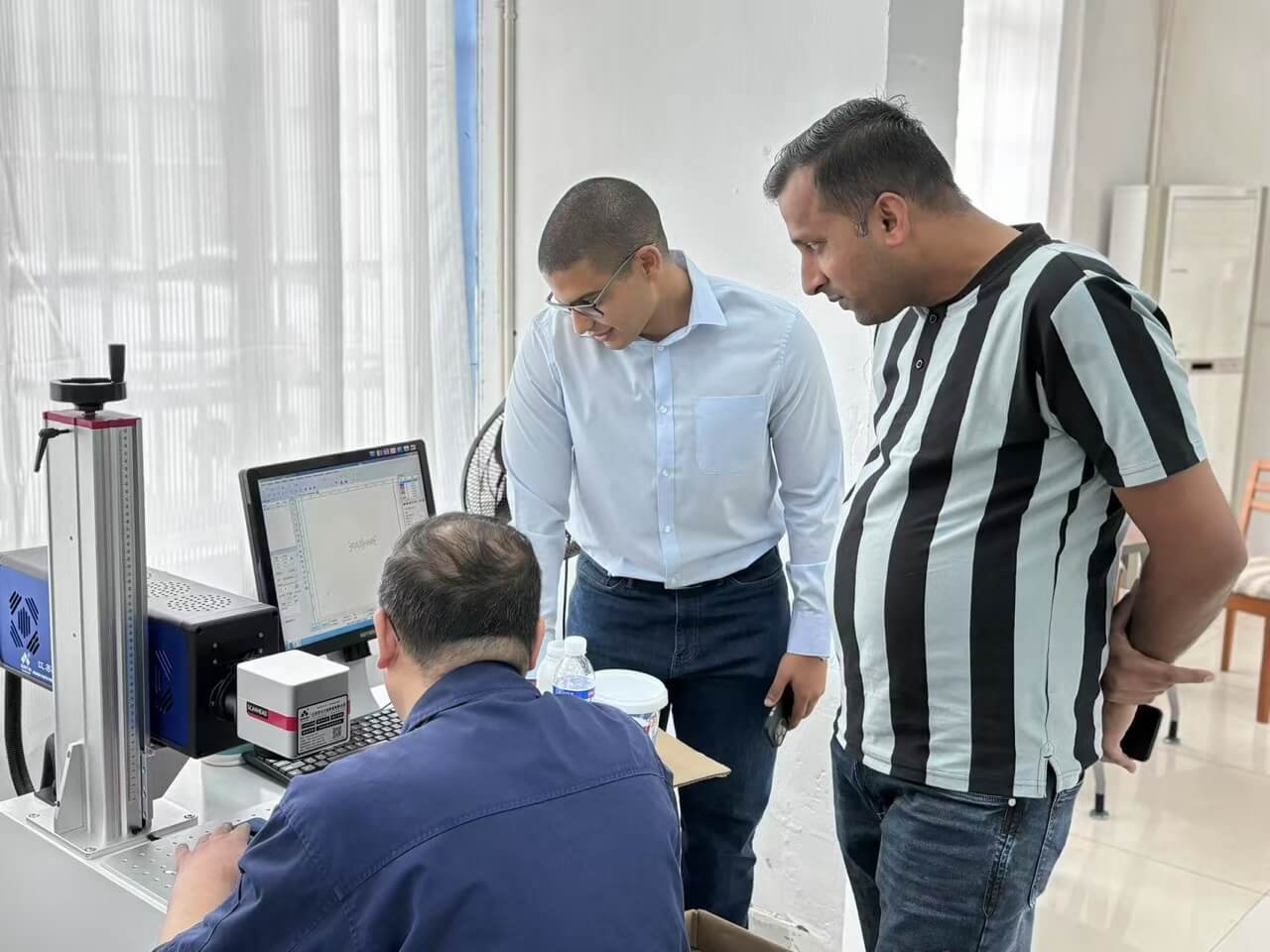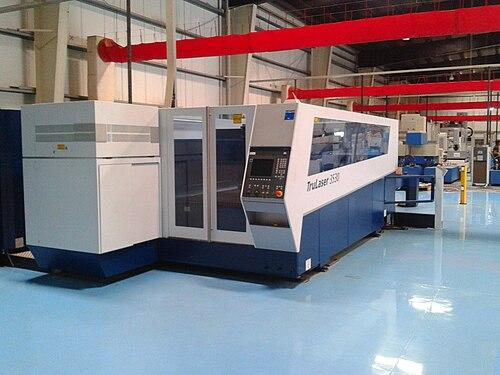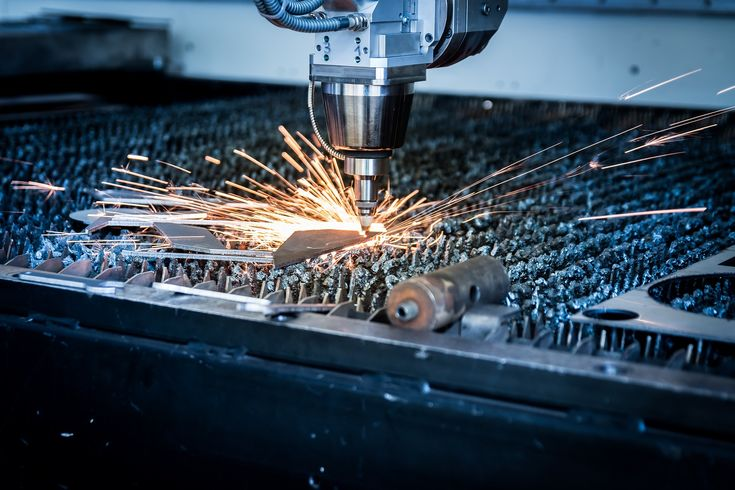目次
Do You Need to Take Protective Measures in Laser Welding Work?
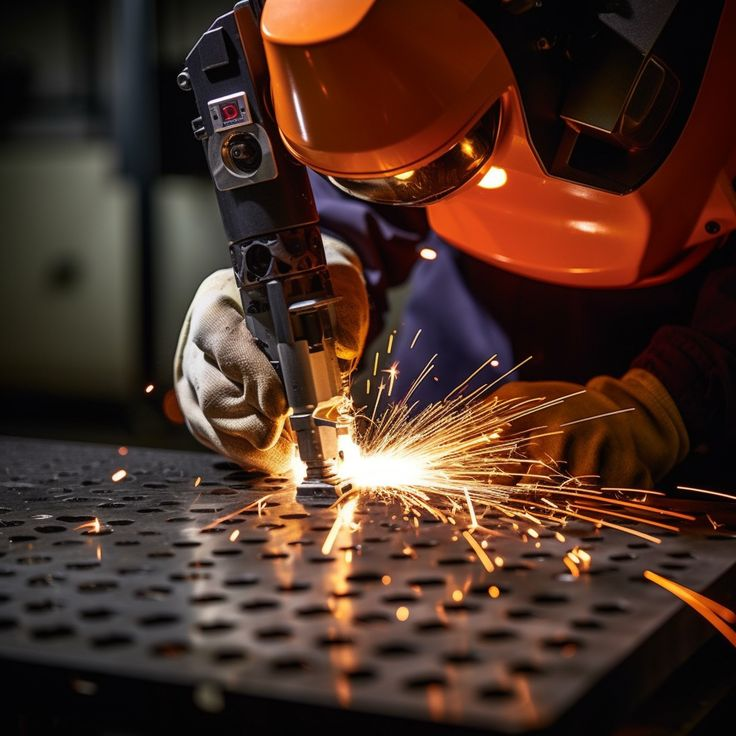
Nowadays, products can hardly be manufactured without laser welding. Like every other high-powered industrial process, laser welding comes with its risks that we should know and protect ourselves from.
Workers in laser welding environments face the danger of being exposed to extreme and intense radiation, very high temperatures, toxic fumes, and possible standard electric shock. When proper protection is not employed against these risks, one might suffer serious injuries.
In addition, knowing how to handle emergencies may sometimes prevent additional injuries. This article dwells on the hazards posed by laser welding, the most acceptable personal protective measures, and the essential tools and emergency response to guarantee safety at work.
Part 1. What is Laser Welding?
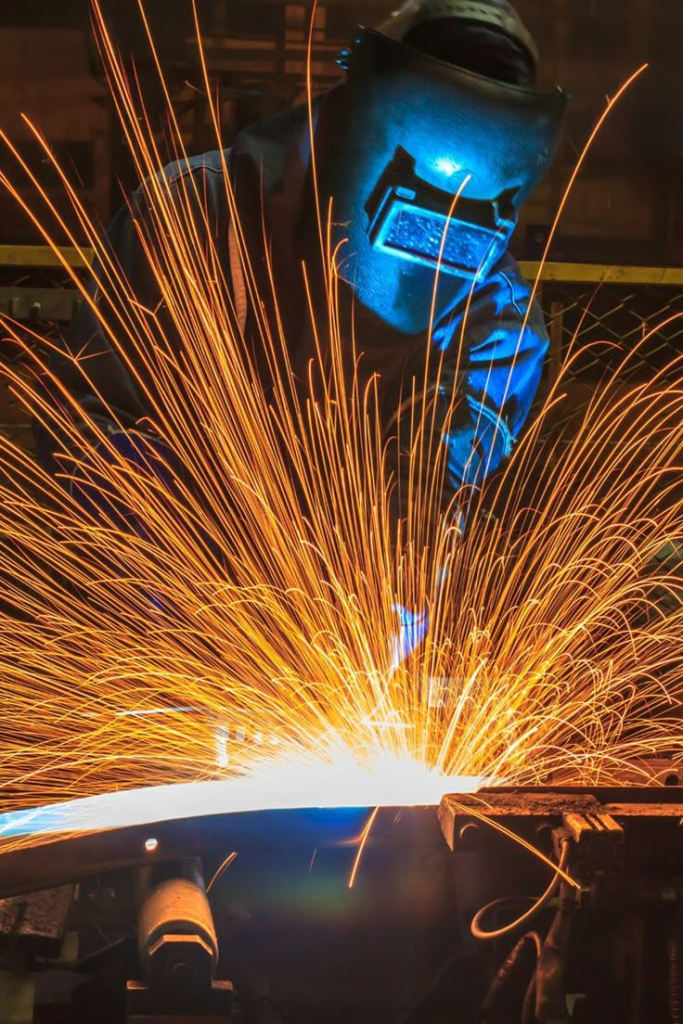
Laser welding is a technique where extreme concentration of laser energy is targeted at materials to join them by melting and solidifying.
Therefore, it is a process demanding extreme precision and accuracy, and thus finding industrial applications in areas like automobile, aerospace, electronics, and medical-device manufacture, wherein welds require being strong, clean, and exact.
In contrast to conventional welding, laser welding is preferred, especially when heat distortion must be controlled, with speed and working on delicate and very complicated pieces of metal.
Safety measures assume special importance in the operation of equipment generating high-intensity heat energy. In addition to its merits, this welding mode presents hazards of occurrence: skin and eye exposure to laser radiation, inhalation of toxic gases, and fire risks, which impose the necessity of wearing protective equipment to ensure a safe environment.
Key Components
A laser welding machine consists of various components. They include:
- Laser source:The heart of the system, which generates the high-energy laser beam.
- Beam delivery system: Mirrors, optics, or fiber cables will redirect and focus the laser beam onto the workpiece.
- Focusing optics: These are lenses or mirrors that concentrate H rays into a high-intensity spot for precision welding.
- Shielding gas systems (optional): Supplies an inert gas to protect the weld from oxidation and contamination.
Types of Laser Welding
Here are the types of laser welding:
1.Laser Beam Welding (LBW):This welding method uses a concentrated light beam to bring into line substances without employing further filler material to achieve its operations.
2.Laser Fusion Welding:The goal of this procedure is to further melt together the base materials with the heat from the laser beam and produce a robust bond.
3.Automatic Laser Welding: It is performed by automatic machinery under high precision and uniformity.
4.Portable Laser Welding: Coming as a solution for minor applications and repair services, Handheld Laser Welding helps with portability.
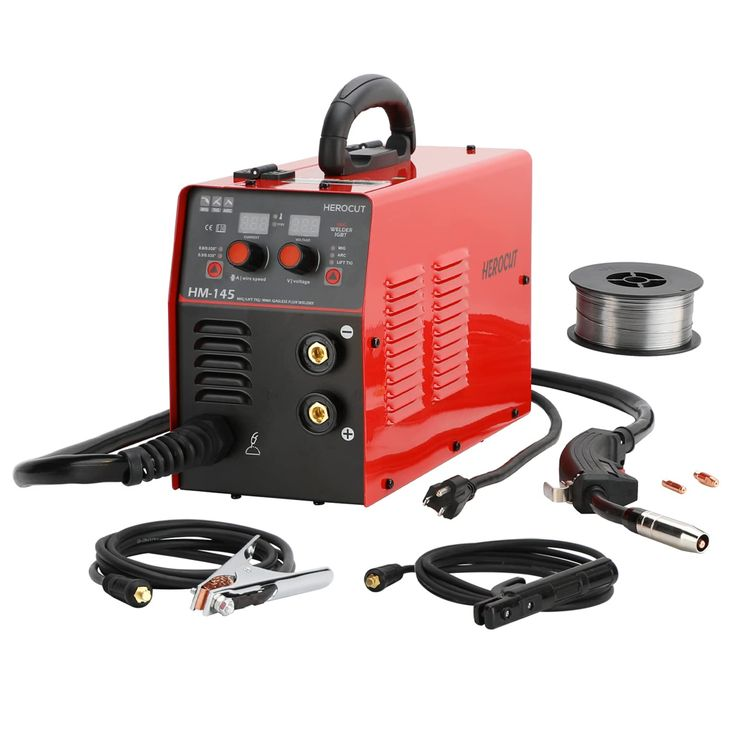
5.Deep Penetrating Laser Welding:A technically supreme method with deep-high quality welding for high welding weld bond and structural properties.
Applications of Laser Welding
1. Automotive
In most cases, laser welding is applied for joining body and structural components, such as doors, roofs, or chassis. Laser welding is also applied to tailor-made blanking: joining different grades and thicknesses of materials to obtain weight-related safety and cost efficiency.
2. Aerospace
Laser welding is basically known for joining lightweight structural components on airframes, which, by the way, are largely dependant on strength-to-weight ratio. The same type of welding is applied also to engine components such as turbine blades, where precision welding must perform and give reliable results.
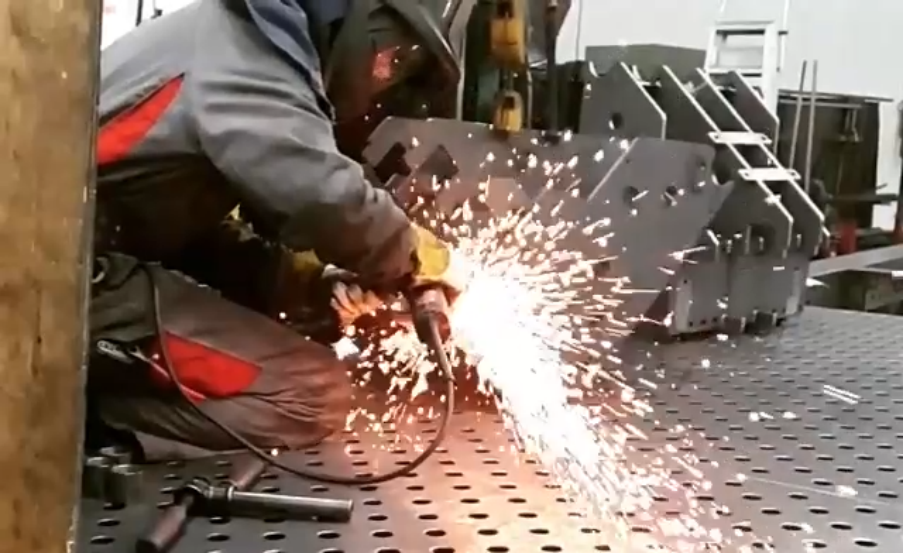
3. Medical Devices
Laser welding devices are most effective in the medical device field, where the parts are made using very small and complicated components. Such strength and accuracy are conferred by laser welding is required of these delicate parts.
4. Electronics
Micro-welding is used to join smaller parts within circuit boards and in other delicate electronic devices to achieve precision without risking damage to sensitive interiors.
5. Other Industries
Equipment welding is also used in the manufacture of jewelry, such as the precision fabrication of elaborate designs, without damaging delicate parts.
Part 2. Possible Hazards in Laser Welding
These risks associated with laser welding include, but are not limited to:
1. Optical hazards (Eye Injury)
The laser beam is highly intense and capable of creating severe damage to one’s eye. Even a brief exposure to scattered laser radiation would cause retinal burning, loss of eyesight, or cataract.
2. Skin burns
Direct or indirect exposure to the laser beam may cause severe burns on the skin. The high-energy density of the laser burns the tissues rapidly once in contact.
3. Inhaling Fumes and Gases
In welding machines, while moving the laser, high temperatures produce fumes, vapors, and airborne particulates as well as very fine materials. Gas discharged during the combustion of a few materials is toxic, for example, nickel, chromium, or lead, causing respiratory diseases to develop and affecting the long-term.
4. A fire and blast danger
In some cases, laser welding in very high temperature environments increases the fire peril of gaseous materials, solvents, and some metal components.
5. Electrical hazards
Most laser welding systems operate at high voltage, which presents the shock of electricity from improperly maintained equipment.
Part 3. Necessary Protective Measures in Laser Welding
Laser welding is an extremely superior and accurate process, and it poses the potential danger for which serious protective precautions are warranted. They include measures such as the following:
1. Provide Adequate Ventilation and Fume Extraction
Laser welding creates a very toxic fume mixture and contributes to airborne diseases.Thus, installing an effective ventilation system, including the use of fume extractors or localized exhaust systems, should protect the intake of such toxins into the work environment.
2. Use Personal Protective Equipment (PPE)
Workers should make use of suitable personal protective equipment that shields against burns, radiation, and airborne contaminants, which can hurt people badly.
3. Install laser safety enclosures and barriers
The welding station should be ideally enclosed with proper laser protection barriers or curtains so that unintentional exposure to laser radiation is avoided. Scattering the beam outside the working area would be reduced, thus preventing accidental exposure of bystanders.
4. Control Access to Laser Work Areas
Only trained and approved personnel can be allowed to operate near laser welding activities. Warning signs as well as access controls with safety training must be instituted to guard against accidental exposure.
5. Periodic Inspections and Maintenance of Equipment
These activities will follow the routine checking of laser and other welding machinery to prevent malfunction and wear. In addition, perfect maintenance eliminates unforeseen hazards.
6. Safety Training and Emergency Preparedness
All personal interacting with laser welding systems should be educated about safety protocols, hazard identification, and emergency response methods. Very necessary also is the existing strong arrangement on accidents, like injuries by the eye or fires.
Part 4. Common Protective Tools Used in Laser Welding Work
To keep the worker in safety condition, only protective implements and equipment should be provided. These minimize exposure to harmful elements, enhance workplace safety, and boost efficiency. Below are some of the most important protective equipment used by a welder in laser welding work.
1. Laser Safety Glasses and Goggles
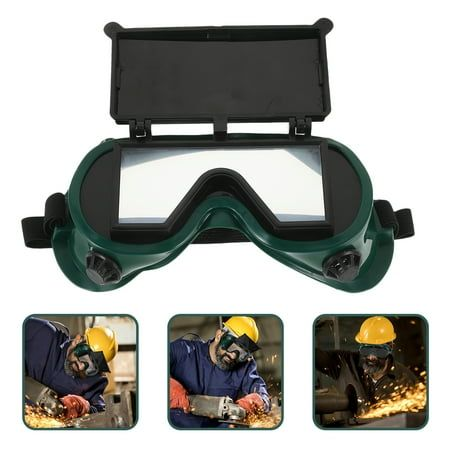
Normal safety glasses alone are not enough in laser welding; go for laser-rated eyewear which is specifically blocked for example laser wavelengths. The laser safety glasses depend on the power and wavelength of the laser. Try searching for eyewear certified to international standards, e.g. ANSI Z136 or EN 207, in areas likely to offer optimal protection.
2. Welding Helmets with Auto-Darkening Filters
Further eye and face protection of the welder is helmets with auto-darkening filters. Those usually protect the user’s eyes against the intense brightness and infrared radiation that occur during welding.
Then, the brightness of the laser strikes automatically switches the auto-darkening feature between clear laser and bright, fully protecting the user when switched on.
3. Heat-Resistant Gloves and Protective Clothing
The heat produced during laser welding is so high that it causes burns if one is not properly dressed. Welders should wear proper heat protective shoes. Below is a description of the kind of apparel they need to use:
- Heat-Resistant Gloves:Protects the hands from burns and sparks.
- Flame-Resistant Jacket: Apron or Full Body Suit made from leather or aluminized fabric used to shield from heat and radiation.
- Safety Boots: with a steel toe to protect against falling materials and accidental burns.
4. Respiratory Protection (Masks and Fume Extractors)
Welding fumes cause very serious respiratory problems. Protective devices to be worn during such welding jobs are dependent on the material being welded:
Respirator masks fitted with special filters to block harmful gases and air toxins.
For continuous welding operations, use PAPR (Powered Air-Purifying Respirators) for non-ventilated places.
5. Laser Safety Curtains and Enclosures
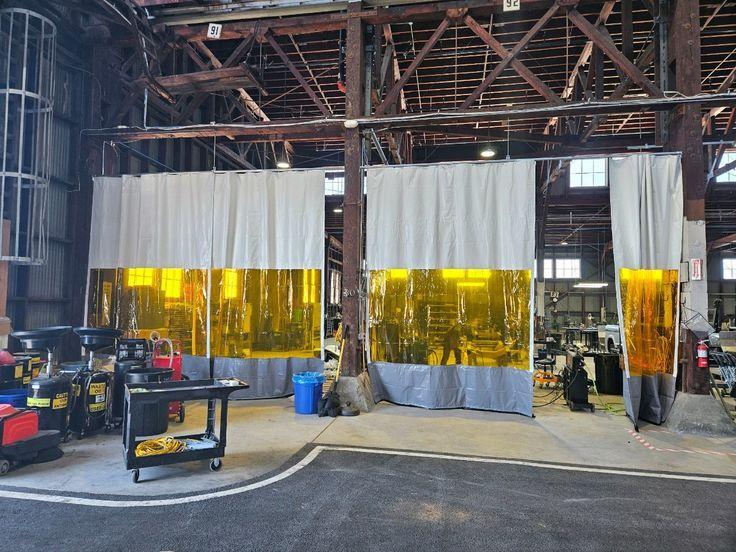
Laser safety curtains and enclosures confine the beam to the designated area and prevent the intended exposure. Such barriers are made of materials that are laser resistant to either absorb or deflect scattering laser radiation.
6. Fire Safety Equipment
Since laser welding deals with the highest heat, fire hazards will arise. Some of the critical fire safety tools are:
- Fire extinguishers(Class D for combustible metals, Class C for electrical fires).
- Fire blanketsare used to smother small fires quickly.
- Automatic fire suppression systemsin enclosed laser welding stations to prevent fire outbreaks.
7. Holding and Positioning Tools for Workpieces
For welding to be applied accurately and safely, workers use clamps, jigs and robotic arms to hold pieces of material in place. The tools aid precision and cut off accidental contact by keeping hands from coming near the laser beam.
Part 5. What Emergency Measures Should Be Taken When Injured During Laser Welding?
Here is a brief outline of emergency procedures to follow if an injury occurs during laser welding operations.
1. Eye Injuries
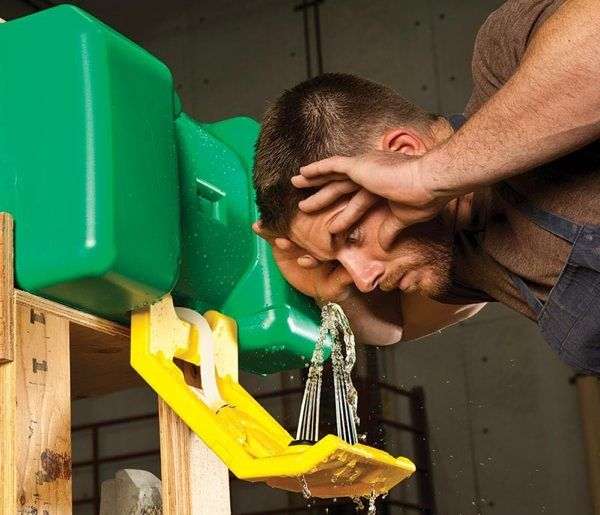
Injury to the eye upon exposure to laser radiation could be devastating, resulting in injuries from retinal burns to corneal abrasions, and maybe even permanent vision loss. If an eye accident occurs with complaints of discomfort, blurred vision, or annoyance caused by bright light after being struck by an incident beam from a laser:
- All welding activities will cease, and the injured worker will be removed immediately from the laser area.
- Do not rub the eyes, as this may cause further damage.
- The injured eye will be protected with sterile eye pads or clean cloths to prevent further exposure.
- Even the slightest eye symptoms must prompt immediate referral of the injured worker for medical assessment since any suspected laser injuries are an emergency and should be evaluated by an ophthalmologist.
- Notify the safety officer, as this incident will necessitate enforcement of additional preventive measures.
2. Treatment for Skin Burns
Burn is trivial (first-degree):
- Cool the area under clean and cool running water for at least 10 to 15 minutes.
- Apply antiseptic burn cream if available and cover it with a sterile bandage.
- Never use ice, as this could aggravate the injury.
Second-degree burns or otherwise severe burns:
- No ointments or water.
- Cover with a sterile dressing.
- Keep the patient calm and contact medical assistance.
- If possible, raise the burned area to minimize swelling.
If clothing catches fire:
- Stop, Fall, and Roll.
- If the flames are small, a fire blanket or fire extinguisher could be used to extinguish them.
3. Handling Respiratory Problems for Inhalation of Fumes
The fumes that are generated in laser welding can contain highly toxic metals and will, therefore, constitute causative agents for respiratory problems, dizziness, nausea, or chronic impairment of the lungs.
In case any worker inhales fumes of any kind and subsequently shows some difficulty in breathing, do these:
- The worker has to be promptly removed from the welding environment to the fresh air.
- If the worker is conscious but having difficulty breathing, loosen tight clothing and assist him in an upright position.
- Should the worker feel dizzy or faint, he should be allowed to sit down and rest.
- If he is unconscious and breathing, place him in the recovery position on his side and watch for breathing.
- If he is not breathing, commence CPR immediately and try to summon help.
4. Electrical Shock Management
High voltage electricity flows through laser welding machines; hence, there are chances of electric shock. In the event of an electric shock:
- Do not touch the worker if he is still in contact with the source.
- Switch off the main supply first before helping them.
- If unresponsive, look for breathing and start CPR. If the worker is conscious but feels weak or numb, seek immediate medical attention, as internal injuries may not be visible.
5. Fire Accident Response
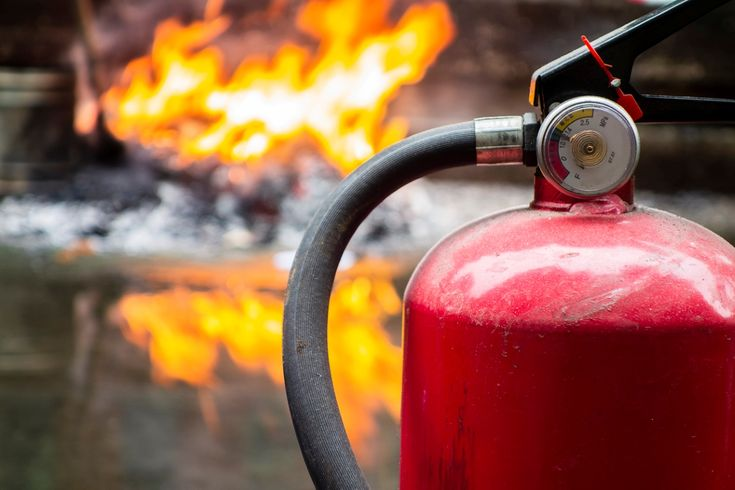
The fire in the workplace may be due to either flammable materials, equipment mismanagement, or excessive heat. In case of fire:
- Raise the nearest fire alarm and evacuate if the fire is, indeed, uncontainable.
- Small fires would be generally extinguished using a fire extinguisher (Class D for metal fires, Class C for electrical fires).
- Subject a worker who inhales smoke to fresh air, then get medical attention if he finds it difficult to breathe.
- Fire escapes need to be clear for easy evacuation.
Conclusion
Laser welding is a high-efficiency modern technology; nevertheless, it has its attendant hazards which should not be overlooked. Precautions, safety equipment, and training would greatly minimize hazards from laser welding. For better laser welding and consultation, see クンタイレーザー.

